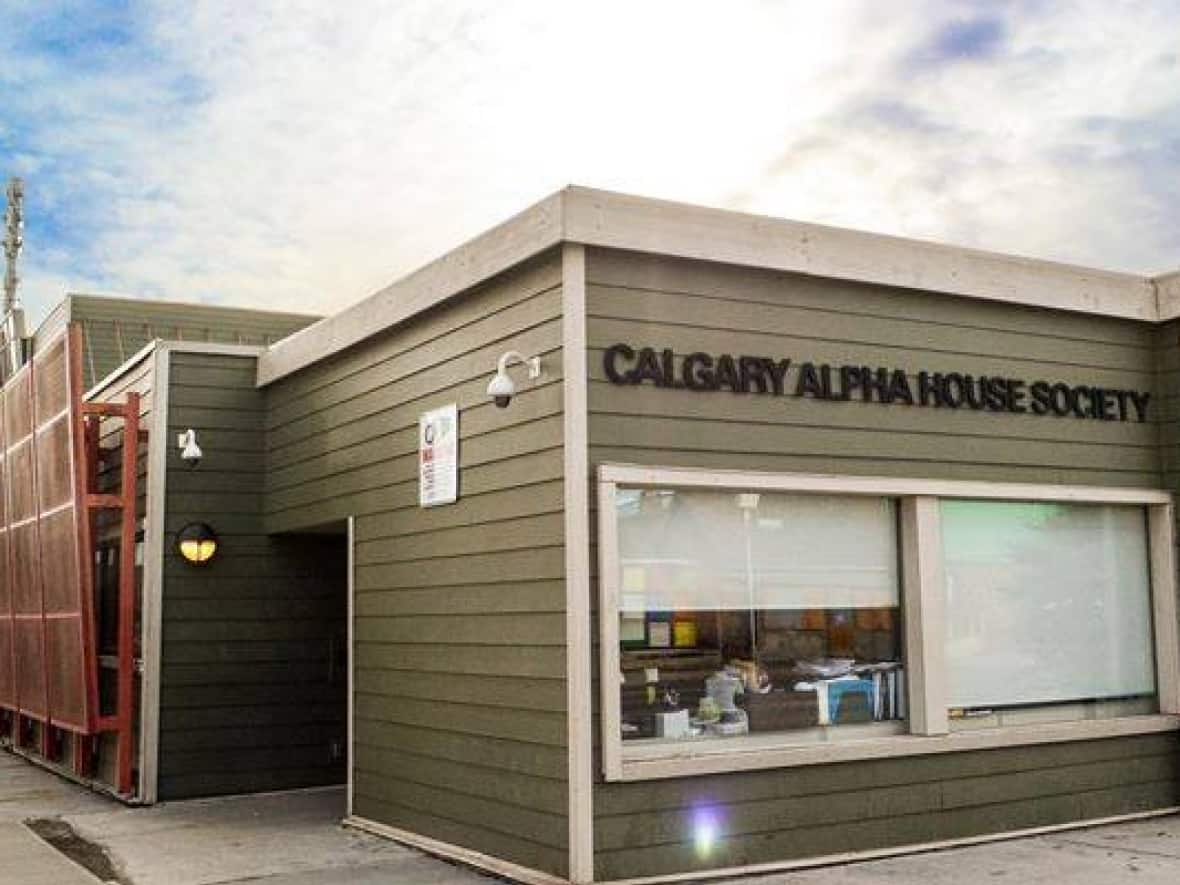Alberta government firm on recovery-oriented care as province on track for deadliest year for drug poisonings

Alberta Premier Jason Kenney and Associate Minister of Mental Health and Addictions Mike Ellis announced Saturday the Alberta government has doubled the number of addiction recovery beds that it promised in 2019 would be funded.
They also encouraged people to use an app, the Digital Overdose Response System, that they hope will help dispatch ambulances to people overdosing in their homes. It is already in use in Calgary, Edmonton and surrounding communities.
Alberta is on track for its deadliest year on record for fatal drug poisonings. As of August, more than 1,000 people had died from drug poisonings. Just less than 1,300 people died in 2020, which was the highest single-year total so far.
Ellis says there is no one answer to the crisis.
"We're exploring a lot of options, but right now we are completely focused on recovery," he said.
In 2019 the government announced funding for 4,000 new annual treatment spaces that those struggling with addiction can access without fees. Kenney said the government has doubled that goal, making 8,000 beds available each year instead.
He also announced Saturday an integrated software to connect different recovery facilities across the province that will be launched in 2022.
Focus remains on recovery-oriented care
Kenney said a lack of access to recovery services is "unacceptable."
"The bottom line is this: if a single-minded focus on so-called harm reduction, including so-called safe supply, really worked, then how do we explain the total disaster of the Downtown Eastside in Vancouver?"
Lori Sigurdson, NDP critic for addictions and mental health, said in a statement that though more addiction recovery beds are a good thing, there should be more emphasis put on harm reduction services, such as supervised consumption sites.
"The government's response to this crisis cannot be measured in beds opened or dollars spent, but must be measured by lives saved," said Sigurdson. "By that measure the UCP's failure is a tragic one."
She said Kenney has mischaracterized harm reduction services, stigmatizing people who need to access them.
"We don't think facilitating deadly addictions is the safe or responsible approach," said Kenney Saturday about pushes for safe supply.
Trust needed for people to use app for overdoses: health policy expert
The majority of drug users are in their own homes in the suburbs, not at safe consumption sites, Ellis said.
He and Kenney encouraged people to use the Digital Overdose Response System app, which has a timer that is set before a person uses a drug. If a person doesn't respond within a certain time after the timer goes off, an ambulance is dispatched to their home.
Concerns about privacy or police showing up might stop some people from using the app, though, said Elaine Hyshka, an assistant professor at the University of Alberta's School of Public Health.
"What we've seen in other jurisdictions that have had these apps for much longer, like British Columbia, is that they're useful for some people but they're not really widespread — there isn't widespread uptake," Hyshka said.
"It's not a bad thing to have an app. I actually think it's really important to try new things we haven't done before to get on top of the situation, but we just have to do a lot of due diligence to ensure it works well for people."


